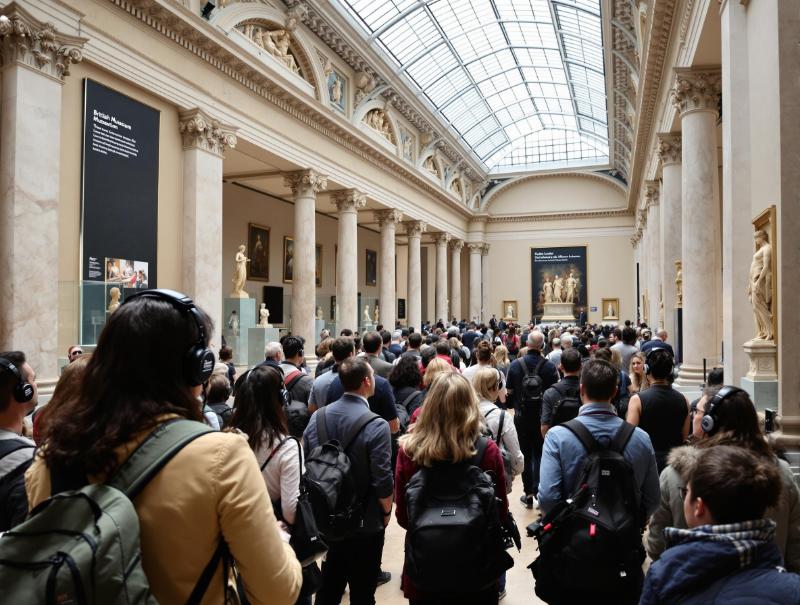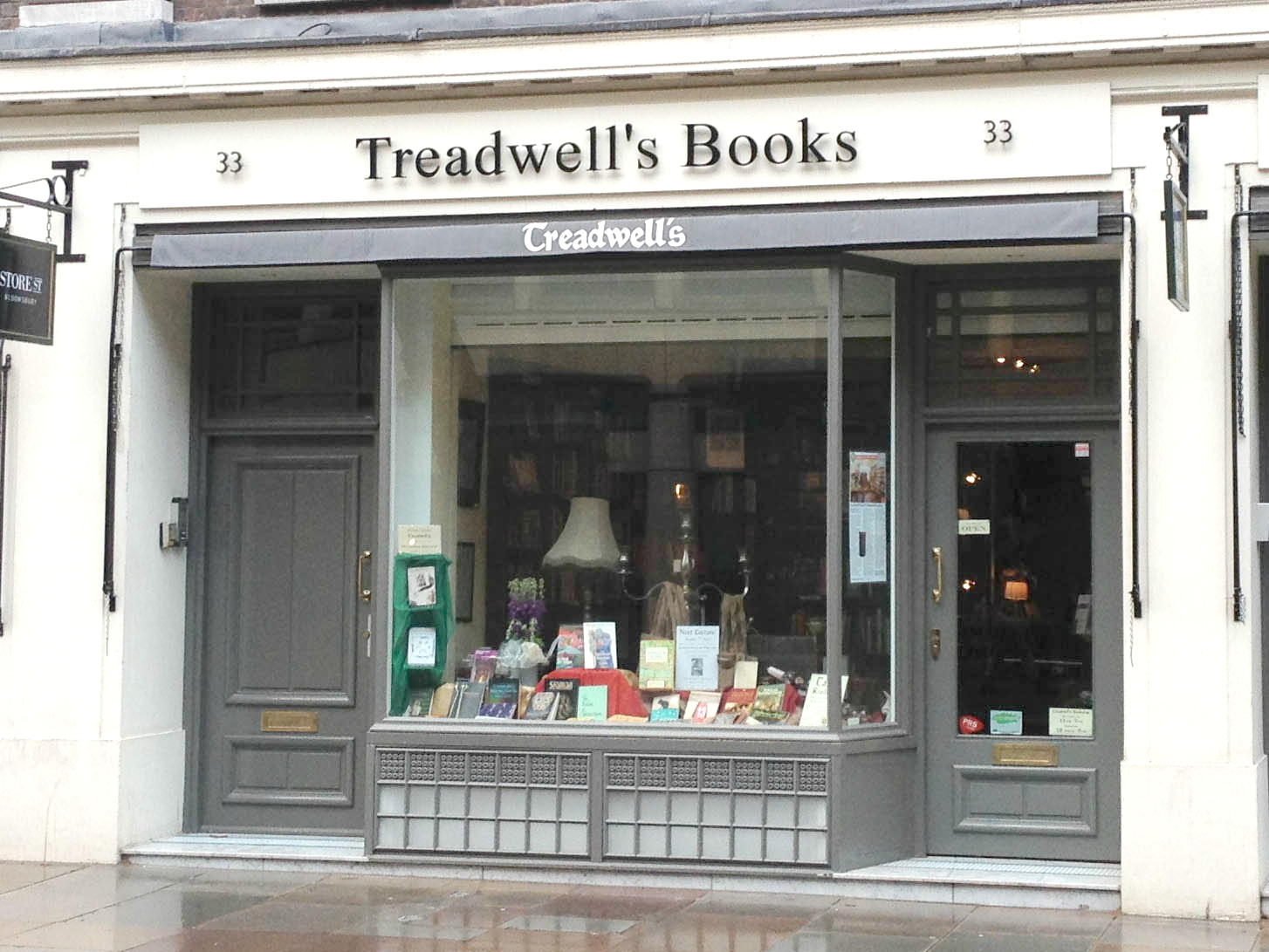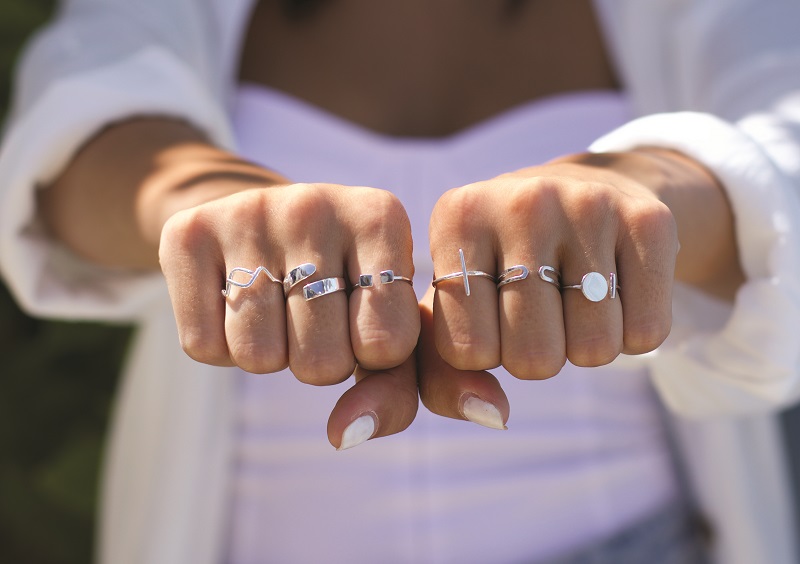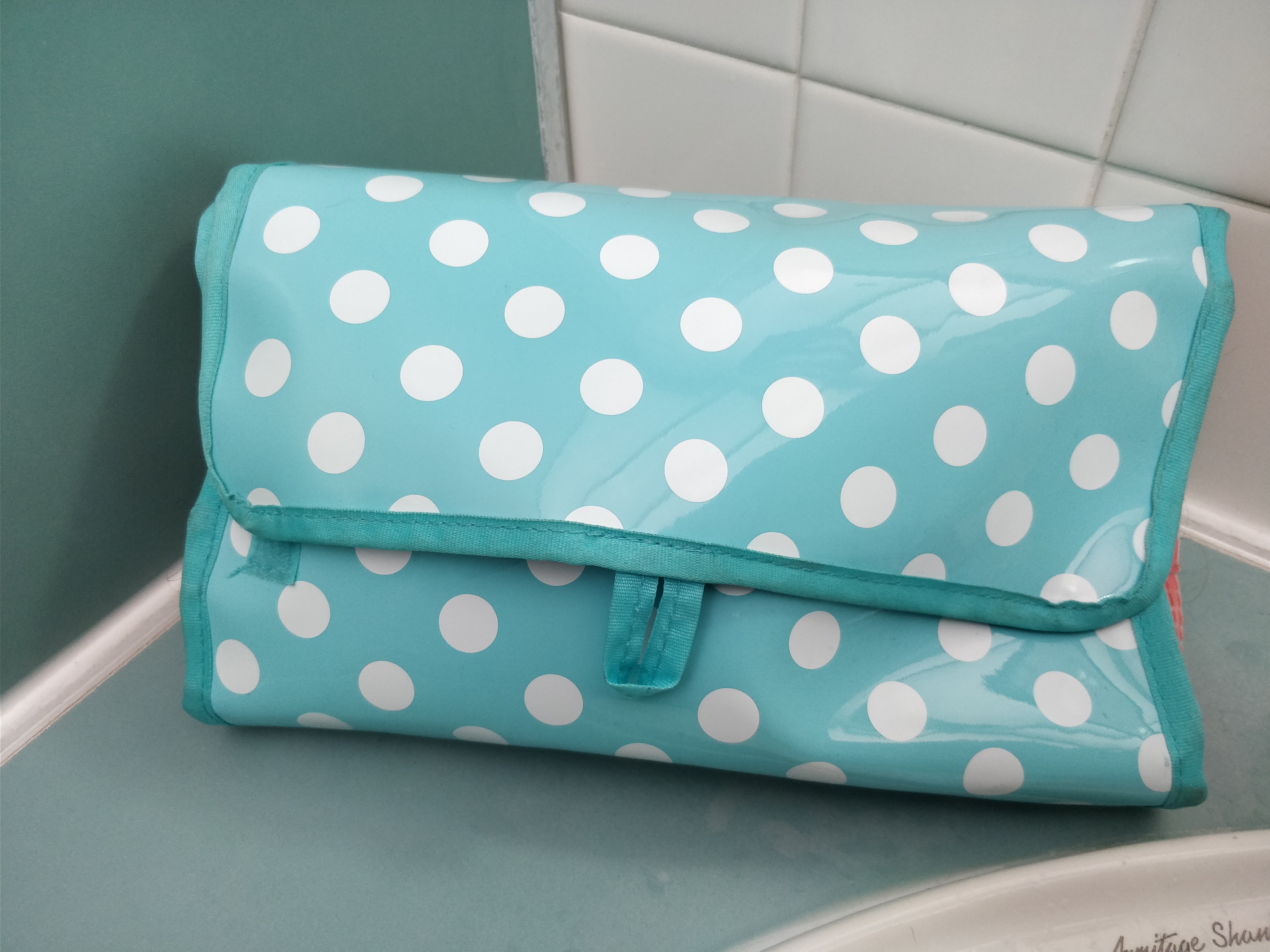The Magic Behind Museum Audio Tours in London

London’s museums have long been regarded as global benchmarks for storytelling through art, artefacts, and atmosphere. But behind the scenes, a quiet revolution has enhanced how we experience these cultural spaces through the spoken word. Audio tours have transformed from optional extras into immersive, informative companions that shape the rhythm and impact of museum visits.
Whether you’re wandering through historic halls or exploring contemporary installations, the voices in your ears guide you through space and time and meaning.
Voice as a Narrative Tool
The clarity, pace, and familiarity of British voice-over narration offer more than just information; they create a relationship between the visitor and the collection. Skilled voice artists use tone and timing to keep visitors engaged, helping them absorb content while enjoying the visual displays.
Some museums opt for refined, formal deliveries when dealing with ancient relics or classical artworks, while others choose warmer, conversational styles for modern or interactive exhibits. This flexibility in voice ensures that the experience always complements the subject matter.
Why British Voices Lead the Way
British voice-over professionals have long been favoured for museum audio due to their clear enunciation and international accessibility. A neutral British accent typically appeals to global visitors, offering a tone of authority while avoiding distractions that can arise from stronger regional or stylised inflexions.
Museums often choose accents aligned with their exhibits. For example, London-based museums showcasing the city’s social history may incorporate local accents to create a stronger emotional connection. Meanwhile, Received Pronunciation remains a go-to for more traditional or national collections, lending a timeless sense of gravitas and impartiality.
The preference for these voices has grown from decades of refinement. Consistency in narration has made repeat visits more familiar and reliable, contributing to trust and overall visitor satisfaction.
Choosing the Right Voice for Each Collection
Selecting voice talent for museum tours isn’t just about finding a pleasant accent. Producers and curators collaborate to match the voice with the content’s tone, complexity, and audience. A voice actor for a children’s gallery might adopt a playful tone, while someone guiding guests through war history might take on a more measured, respectful delivery.
Professional production standards, from high-quality studio recordings to script reviews by historians and accessibility consultants, support these choices. Sound designers also enhance the final product with ambient soundscapes, background effects, or musical interludes that fit the subject, a space exhibit or a Victorian street scene.
Many production teams work with specialists in creating authentic British voice recordings, ensuring the final product is immersive, accurate, and culturally appropriate for the museum setting.
Regional Accents and Local Identity
While neutral British voice-over work remains common, regional accents are increasingly used to create a sense of place and authenticity. At the Museum of London Docklands, for instance, East London accents accompany dockworker exhibits, grounding the experience in the area’s rich working-class heritage.
Similarly, the “Voices of Brixton” installation brought in local narrators to speak about South London’s vibrant culture, giving visitors a more profound sense of community and context. Regional voices humanise the content, especially in social or oral history exhibitions where lived experience is central to the narrative.
These choices help visitors relate more personally to the material. Instead of feeling like outsiders observing from afar, they’re invited into a story told by someone who might have lived it.
How Digital Technology Enhances the Experience
The rise of mobile-friendly tours and app-based guides has opened up new ways to personalise the museum journey. Visitors can now use QR codes to unlock multilingual tours, audio descriptions, and even bonus content that adapts to their preferences.
In some institutions, dialogue-driven audio has replaced single narrators, presenting various viewpoints or fictional re-enactments. This technique benefits younger audiences or thematic exhibitions that benefit from storytelling and role-play.
Meanwhile, technology like AI and VR is beginning to personalise the listening experience. These tools can now adjust content delivery based on how long a visitor pauses at a particular exhibit, offering additional layers of context only when desired.
Getting the Most Out of Your Visit
To fully enjoy a museum audio tour in London, it’s worth planning. Choose times when crowds are thinner, late mornings or weekday afternoons, and consider bringing your headphones. This small step can significantly improve the sound quality and reduce external noise.
Many museums provide accessibility features, such as simplified English narration or audio-described content for visually impaired guests. These should be explored and requested at the entrance or visitor desk to make the experience more inclusive and enjoyable.
In some cases, hidden features like behind-the-scenes commentary or curator insights can be unlocked with special codes or mobile apps, enhancing your understanding and appreciation of specific exhibits.
Enhancing Culture Through Voice
London’s museums have embraced audio as a vital part of their visitor experience, blending expert narration, local identity, and digital innovation. Whether it’s the comforting familiarity of a British voice over or the lively tones of a regional accent, the right voice does more than narrate; it connects, educates, and elevates. Next time you plug in your headphones at a gallery or museum, take a moment to appreciate the craft behind that voice; it’s a quiet art form that brings the past into the present.





